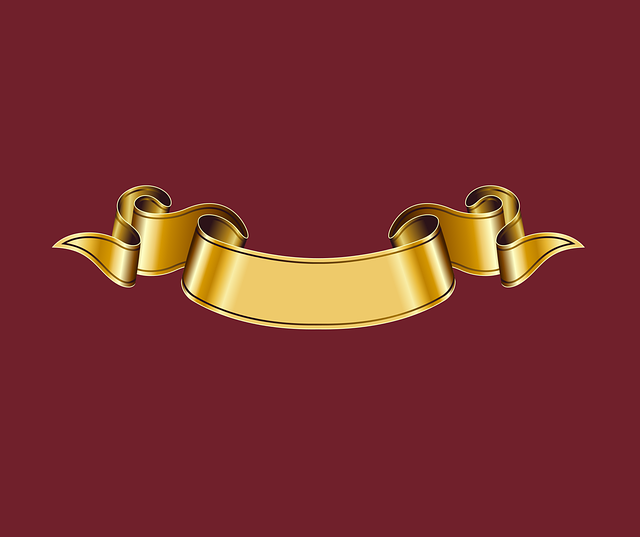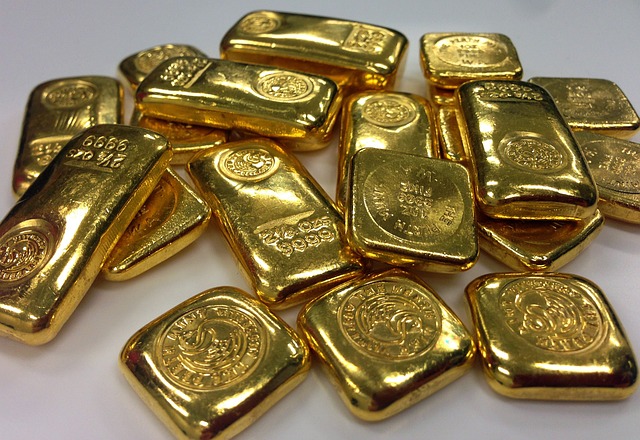To incorporate physical gold or other precious metals into an Individual Retirement Account (IRA), one must open a self-directed IRA and select an IRS-approved custodian specializing in such investments. The custodian ensures secure storage of the metals, which must meet specific IRS purity standards. Investors can roll over existing IRA funds to this account and purchase IRS-qualified gold, silver, platinum, or palladium in forms like coins and bullion. It's crucial to adhere to all IRS rules regarding these investments to maintain the tax advantages of the IRA. This includes avoiding prohibited transactions, complying with reporting requirements, and following proper acquisition and storage protocols. Investors should carefully select a custodian with expertise in alternative assets and a history of compliance, and they should regularly monitor their investments for regulatory updates. Gold and other precious metals can potentially diversify retirement portfolios and offer protection against economic volatility, provided all IRS guidelines are strictly followed.
Exploring the convergence of retirement planning and the timeless appeal of gold, this article delves into the intricacies of transforming an Individual Retirement Account (IRA) into a tangible investment: gold. We will navigate the nuances of self-directed IRAs with a focus on precious metals, outline the pivotal steps to initiate such an account, and clarify the IRS regulations governing this unique investment strategy. Additionally, we’ll guide you through selecting a reputable custodian and the practicalities of acquiring and safeguarding gold within your IRA framework. Embark on this journey to diversify and secure your retirement portfolio with the enduring value of gold.
- Understanding Self-Directed IRAs for Precious Metals
- Steps to Open a Self-Directed IRA for Gold Investments
- IRS Guidelines for Holding Physical Gold in an IRA
- Selecting a Trustworthy IRA Custodian Specializing in Gold
- Navigating the Process of Purchasing and Storing Gold within an I
Understanding Self-Directed IRAs for Precious Metals

When considering the conversion of a traditional Individual Retirement Account (IRA) to include investments in precious metals, it’s crucial to first understand what a self-directed IRA entails. A self-directed IRA is a type of retirement account that allows for a wider range of investment options beyond the typical stock and bond offerings. This includes a variety of physical gold, silver, platinum, and palladium coins and bullion that meet specific fineness requirements set by the Internal Revenue Service (IRS).
To navigate this investment avenue, individuals must open an account with a trustee or custodian that specializes in self-directed IRAs and is approved by the IRS to hold these types of assets. These custodians provide a secure environment for the storage of the precious metals, ensuring they are segregated and held separately from other assets. The process involves rolling over funds from an existing IRA into the new self-directed IRA account. Investors then have the flexibility to purchase qualified precious metals, which can serve as a hedge against inflation and market volatility. It’s essential to conduct thorough due diligence and adhere to IRS regulations to maintain the tax-advantaged status of the IRA. This includes understanding prohibited transaction rules, reporting requirements, and the proper procedures for acquiring and storing the metals within the IRA framework.
Steps to Open a Self-Directed IRA for Gold Investments

To initiate the process of investing in gold through an Individual Retirement Account (IRA), one must first establish a self-directed IRA that permits such investments. This type of IRA offers investors the flexibility to allocate a portion of their retirement savings into physical gold, coins, or exchange-traded funds (ETFs) that track gold prices. The steps to open a self-directed IRA for gold investments are as follows:
Initially, select a reputable custodian specializing in self-directed IRAs that permit alternative assets like gold. A custodian is responsible for holding and managing the investments within your IRA. Research and compare various custodians to ensure they have a proven track record of handling precious metals and are in compliance with Internal Revenue Service (IRS) regulations. Once you’ve chosen a custodian, open an account by providing necessary personal information and completing required documentation.
After setting up the account, the custodian will provide you with the list of IRS-approved precious metals that you can invest in. You must then purchase these metals from a dealer who is also approved by the IRS. The custodian will arrange for the storage and management of your gold investments. It’s crucial to adhere to IRS rules regarding the purity and types of gold allowed within your self-directed IRA. By following these steps, you can effectively incorporate gold into your retirement portfolio, potentially diversifying your assets and hedging against inflation and market volatility.
IRS Guidelines for Holding Physical Gold in an IRA

According to the Internal Revenue Service (IRS), holding physical gold within an Individual Retirement Account (IRA) is permissible, provided it adheres to specific guidelines. The IRS stipulates that the gold must be of a fineness or purity appropriate for coins, bars, or rounds with a minimum standard of 0.995 fineness for gold. Coins, bars, and rounds considered for IRA investment must be recognized by the IRS as acceptable forms of precious metals. The IRS also mandates that these metals be held by an IRS-approved custodian or trustee who specializes in precious metal IRAs. This custodian is responsible for safegukeeping the physical gold, ensuring its integrity and purity, and conducting regular audits to comply with IRS regulations. Additionally, the gold must be stored in a vault or secure facility that meets the IRS’s requirements for safekeeping. The IRS guidelines are designed to protect investors and ensure transparency and compliance within the framework of these retirement savings plans. Investors interested in including physical gold in their IRAs should thoroughly review the IRS Publication 590, “Individual Retirement Arrangements (IRAs),” for comprehensive details and consult with a tax professional or financial advisor to navigate the process correctly.
Selecting a Trustworthy IRA Custodian Specializing in Gold

When contemplating the conversion of a traditional IRA to one that holds gold or other precious metals, selecting a reliable and experienced IRA custodian is paramount. This custodian will be responsible for holding your assets, ensuring they are secure and compliant with IRS regulations. The process begins with thorough research to identify custodians who specialize in alternative assets such as gold. These specialists possess the expertise and resources necessary to manage precious metals within an IRA framework. It’s crucial to evaluate their reputation, history of customer service, and understanding of IRS rules governing self-directed IRAs. Additionally, ensure they offer transparent fee structures and have a robust system for account management and reporting. By partnering with a custodian well-versed in these specific investments, you can navigate the complexities of holding physical gold within your retirement account with confidence. Their guidance is instrumental in ensuring that your investment strategy aligns with the regulatory standards set forth for such accounts.
Navigating the Process of Purchasing and Storing Gold within an I

To incorporate gold into your Individual Retirement Account (IRA), one must first establish a self-directed IRA account with an administrator that permits precious metal investments. This is a pivotal step, as traditional IRAs typically only allow for paper assets and currency. Once you have the appropriate self-directed IRA in place, you can proceed to purchase IRS-approved gold coins or bars. These specific types of bullion must meet certain fineness requirements to be eligible for IRA investment.
The process of purchasing gold for your IRA involves working with a precious metals dealer who is experienced in facilitating such transactions. This dealer will guide you through the selection of compliant gold products and coordinate directly with the IRA custodian to ensure a seamless transfer of funds. After acquisition, it’s imperative to store your gold securely. The IRS mandates that these metals be held in a depository that is IRS-approved for IRA purposes. This depository provides not only compliance but also security and insurance to safeguard your investment against theft or loss. It’s crucial to maintain the gold within this custodial arrangement until you reach the age of retirement, at which point you may access your gold as part of your retired assets. Regularly reviewing your IRA’s holdings and staying informed about any changes in regulations affecting IRA-held precious metals is also a key aspect of maintaining this investment type.
In conclusion, transitioning an IRA to include gold as an investment requires a strategic approach that includes establishing a self-directed IRA compatible with precious metals, understanding the intricacies of IRS guidelines, and partnering with a reputable custodian. By carefully following the outlined steps—from setting up the account to purchasing and securely storing the gold—investors can diversify their retirement portfolio with physical gold in a compliant manner. This move may offer a hedge against inflation and currency devaluation, potentially bolstering long-term financial security.
